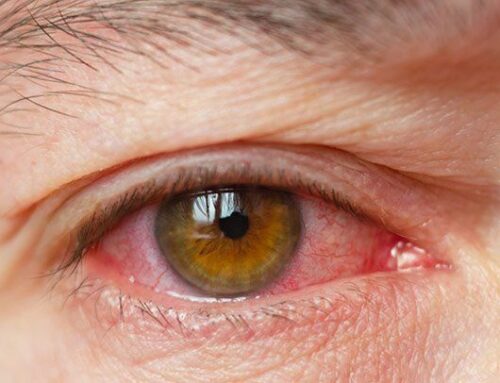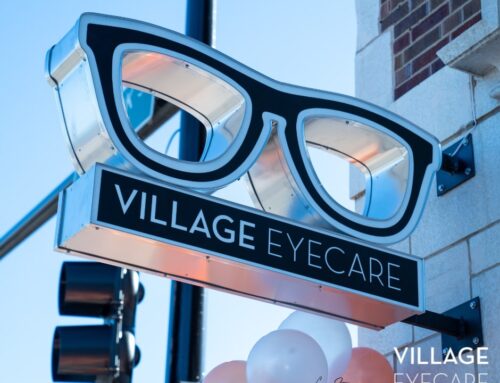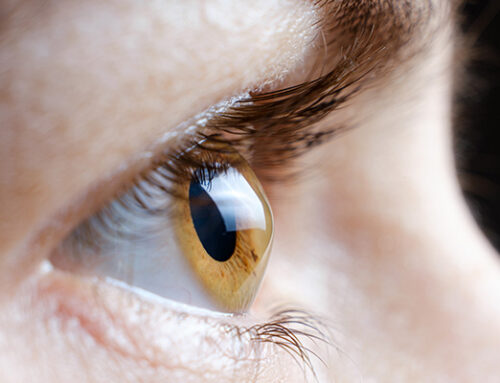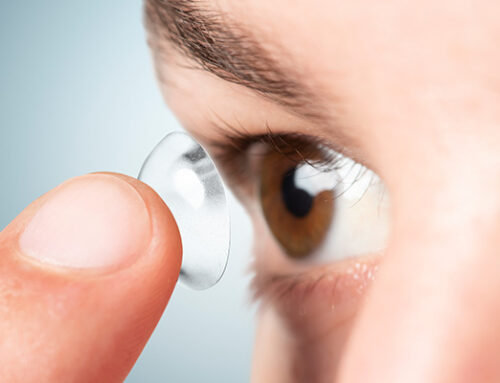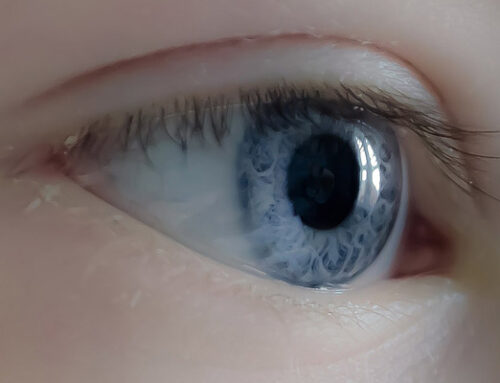Eye Styes 101: What You Need to Know about Treating a Stye
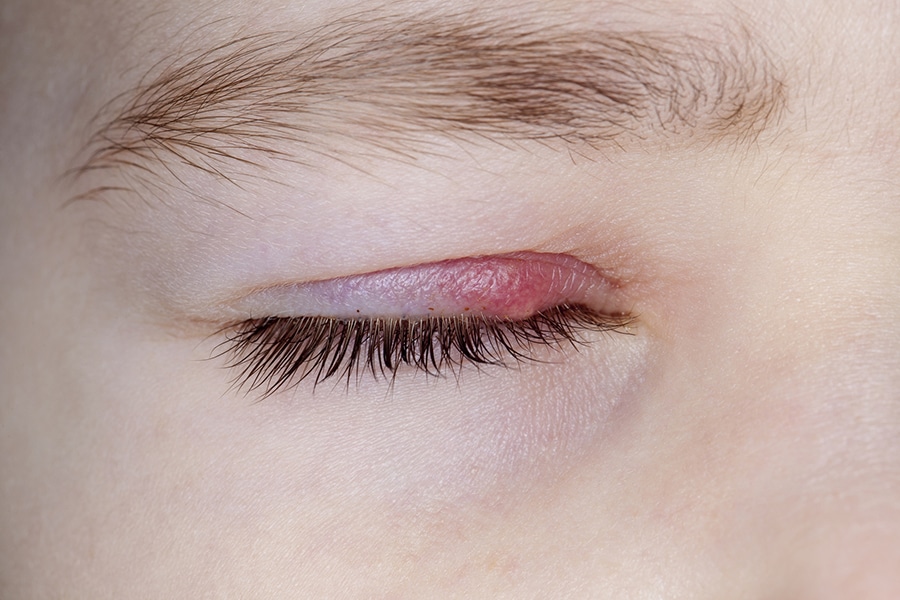
Even though eye styes can be quite painful, they aren’t usually a threat to a person’s vision. In fact, most styes will go away on their own, but people often choose to use a treatment to speed up the healing process.
What is an Eye Stye?
An eye stye, also known as a hordeolum, is a small lump that can form on either the outside or the inside of the eyelid. This condition happens when an oil gland becomes infected, and it is basically like having a deep pimple on the eyelid. It has been found that styes are caused by staphylococcal bacteria that infects the area.
Usually, this bacterium is located in the nose. But, it can be passed to the eye if a person rubs their nose and then touches their eye. Since it is a bacterial infection, it is contagious. So, patients should use caution to avoid passing the infection to other people. But, most people are already carrying this bacteria. It is possible to develop a stye even if you didn’t have any contact with outside contamination.
How to Treat an Eye Stye
What should you do if you suspect that you have an eye stye? The first signs of a stye usually include:
- Swelling
- Tenderness
- Redness
- Pain
Often, a pimple will develop, and you can see where the infection is centered. Sometimes it is just a portion of the eyelid that swells, but some people experience swelling on the entire eyelid.
To encourage the healing process, it can be helpful to place a hot compress on the affected area several times a day. Most optometrists recommend 10 – 15 minutes of hot compress and 3 to 4 treatments per day. The heat decreases the discomfort and brings the infection to a head so that it can rupture, then drain, and finally heal.
NEVER “Pop” a Stye!
It might be tempting to pinch the stye in an attempt to rupture the infected area. But, you should never pop the stye like a pimple. Instead, it is important to allow the body to go through the natural healing processes and allow it to rupture without intervention.
Sometimes, styes that develop on the inside of the eyelid won’t rupture on their own. In this case, you should visit an optometrist so that they can open the infected area and drain it without causing additional harm to your eye.
What Should You Do About Frequent Eye Styes?
Do you often experience these small eyelid infections? If so, you should talk to your Chicago optometrist about the frequency of your problems. In some cases, it might be helpful to use an antibiotic ointment as a prevention. Another option is to improve daily hygiene by washing the eyelids to prevent the development of infection.
When to Seek Medical Advice from an Optometrist
If you have a stye, is it necessary to schedule an eye exam with an optometrist? In most cases, you don’t
need to talk to an eye doctor. However, you should call us right away if you are experiencing any of
these problems:
- Pain in the eye (not the eyelid)
- Severe swelling that interferes with your vision
- Symptoms that don’t go away after a few weeks
- Recurring styes
Call our experienced team at Village Eyecare to schedule an appointment with an optometrist in your neighborhood. We have four locations, providing convenient options for the community in Chicago and the surrounding areas.



